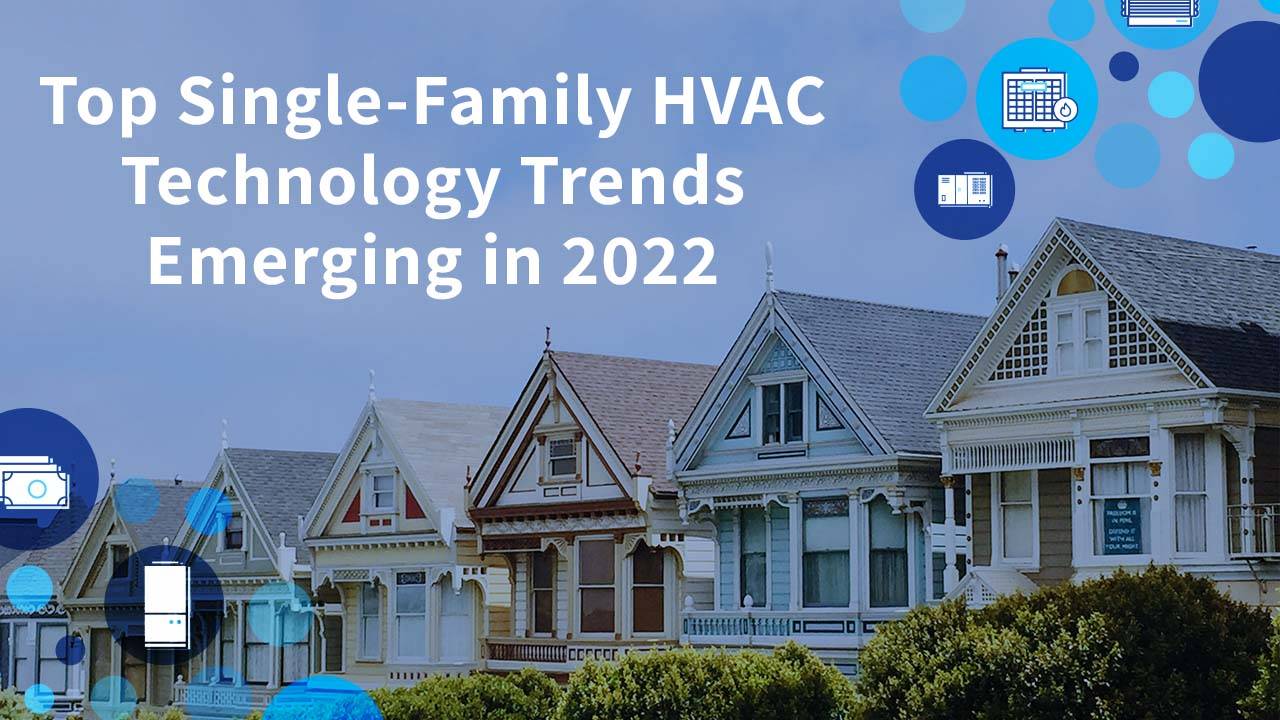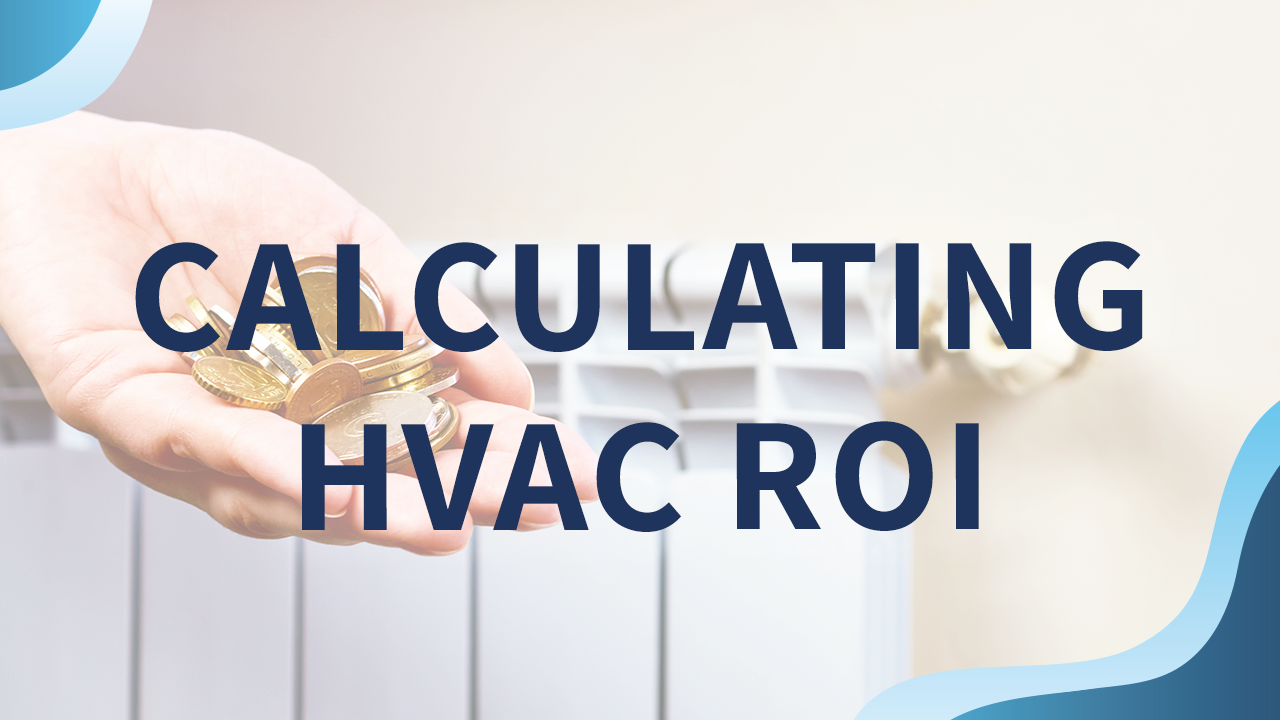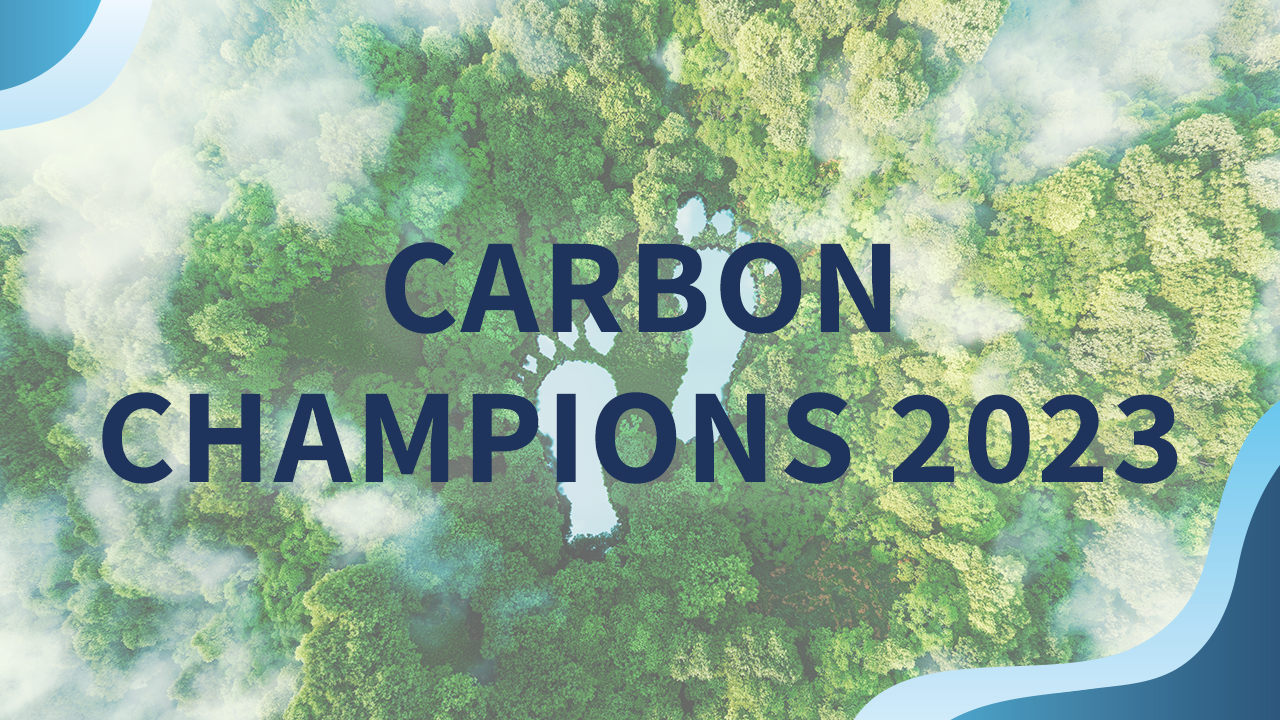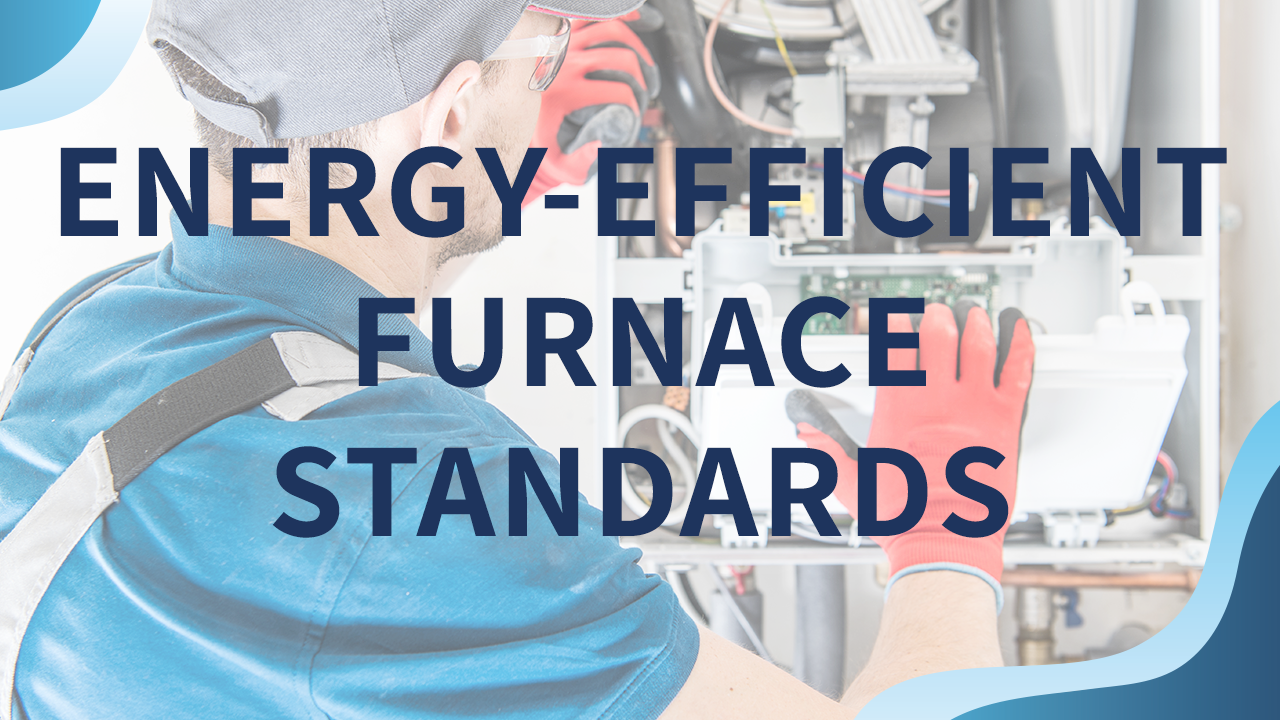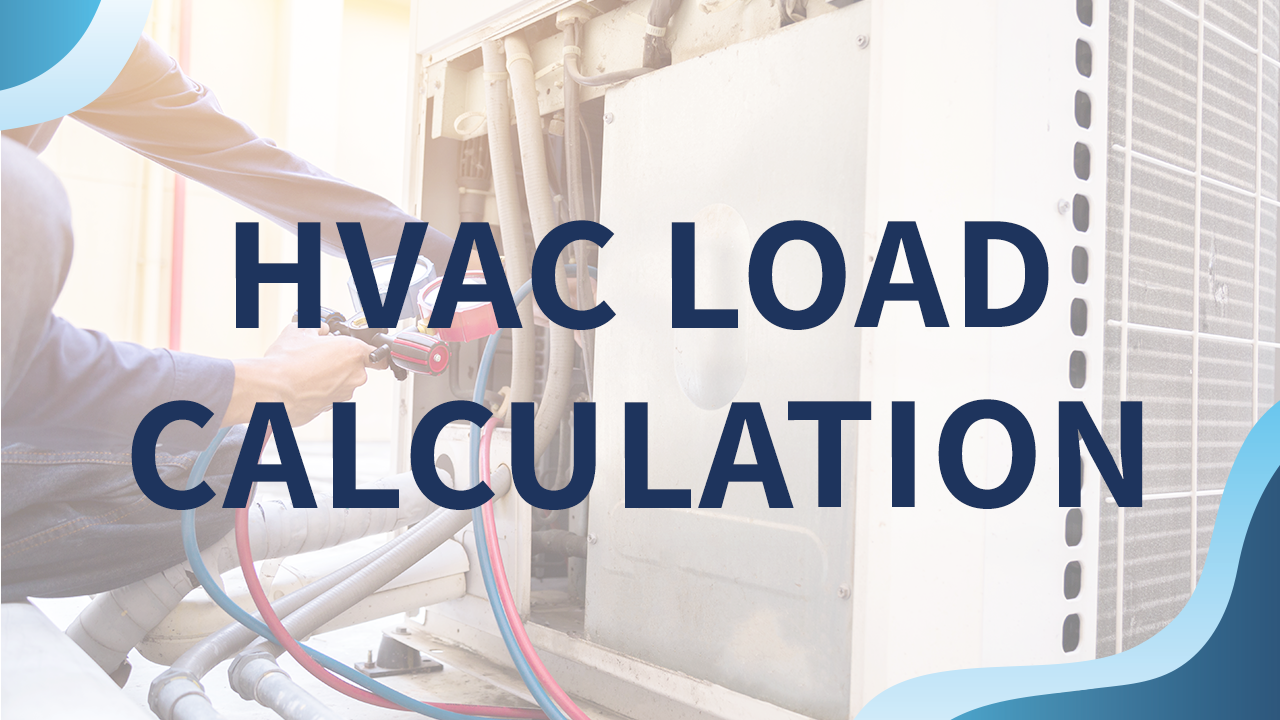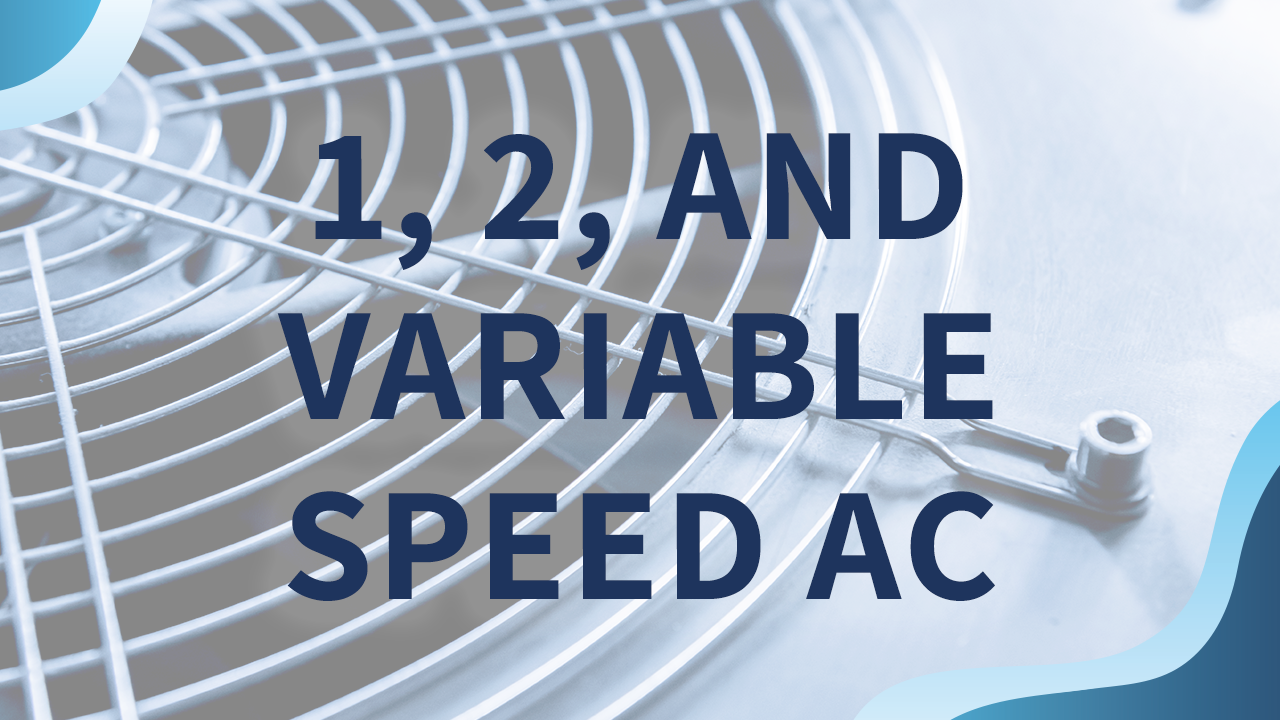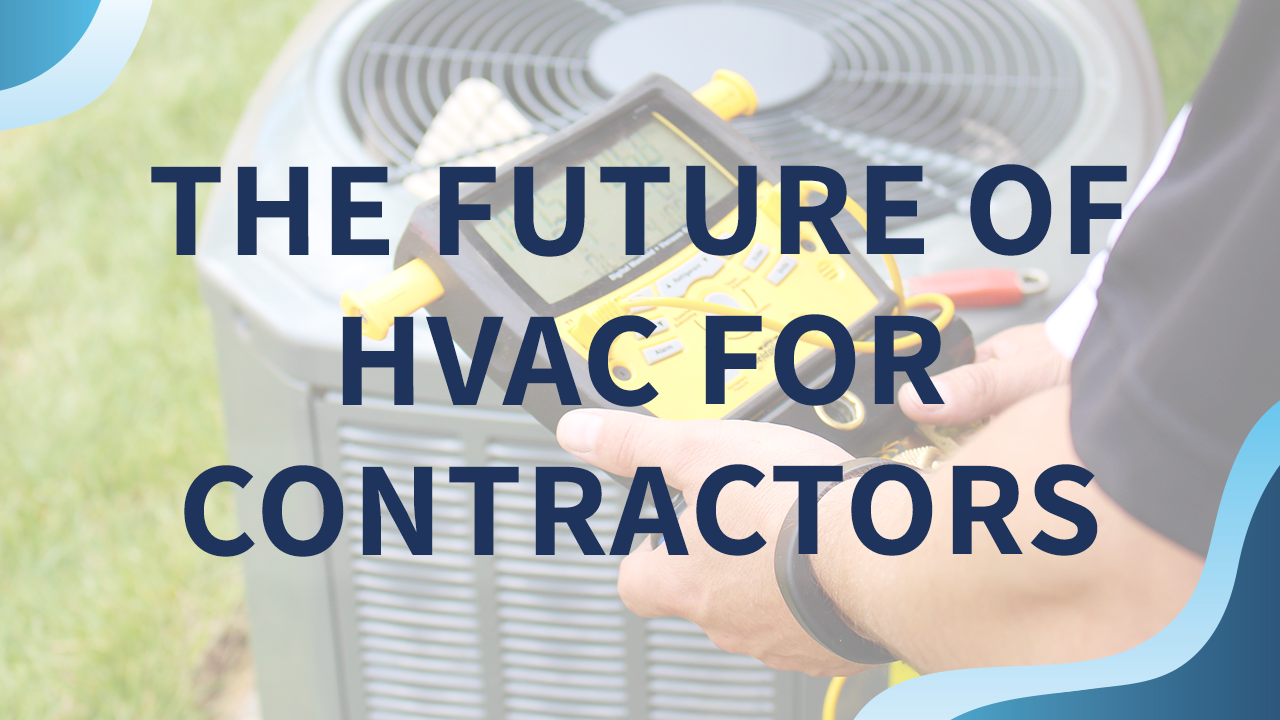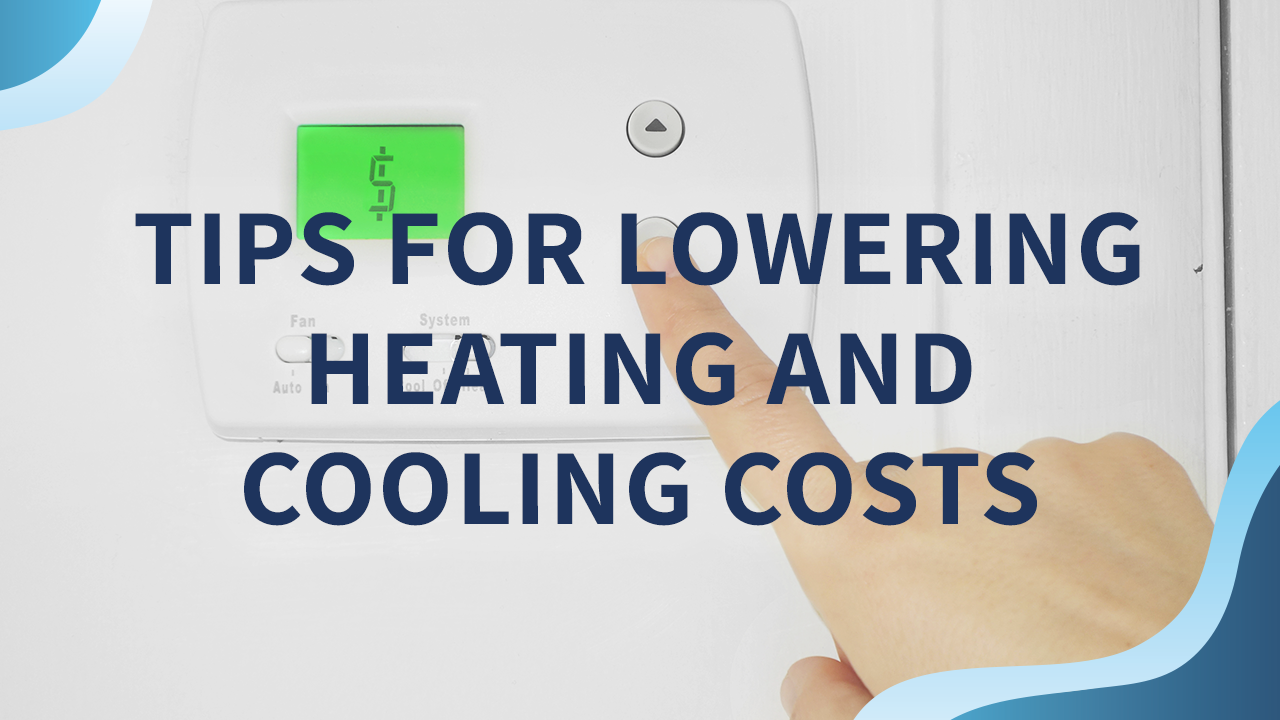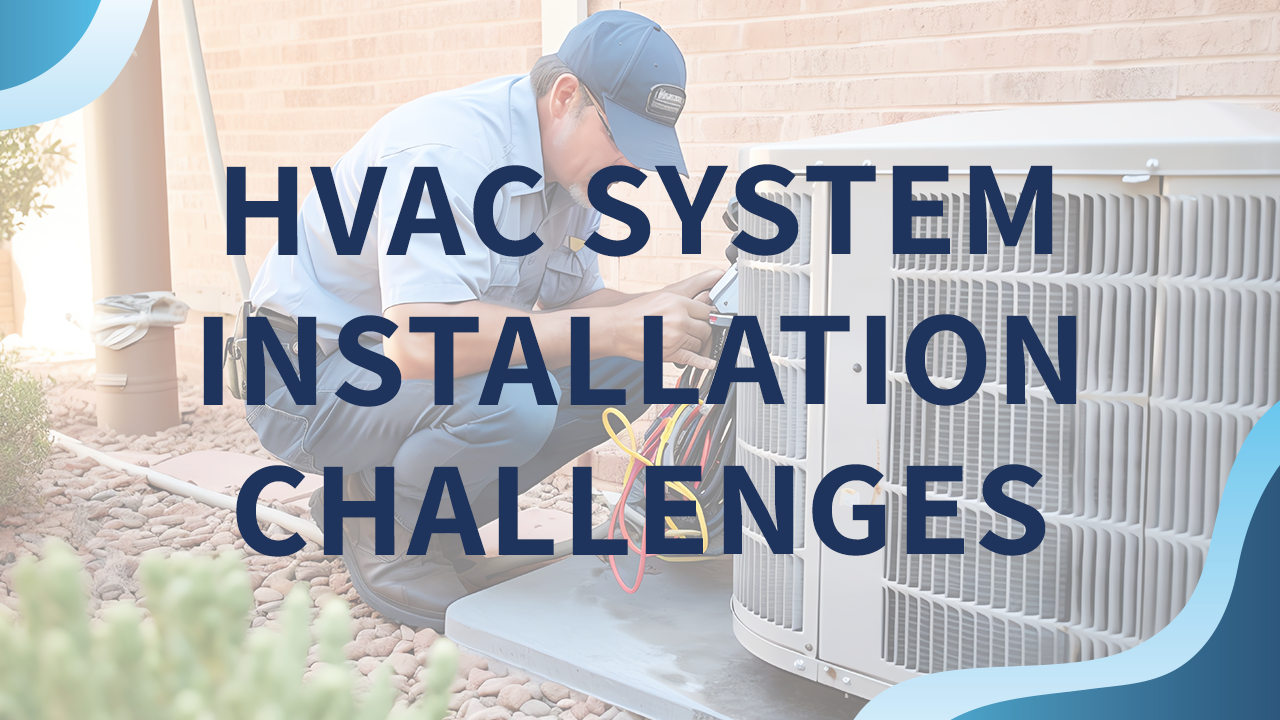In today’s rapidly advancing world, HVAC technology is at the forefront of innovation, revolutionizing the way we control and optimize heating, ventilation, and air conditioning systems. As a trusted HVAC service provider, Motili brings you an insightful exploration of the latest trends shaping the industry.
From smart thermostats to IoT integration and machine learning algorithms, HVAC technology trends are enhancing energy efficiency, improving comfort, and delivering cost savings. At Motili, we understand the importance of staying up-to-date with these advancements to provide you with cutting-edge solutions that meet your specific needs.
Join us on this journey as we delve into the key trends driving the HVAC landscape. Discover the power of automation and remote monitoring, the potential of data-driven insights, and the sustainable benefits of energy-saving technologies. As your go-to resource, we aim to keep you informed and empower you to make informed decisions for your HVAC system.
Unlock the potential of HVAC technology trends with Motili, as we pave the way for a smarter, more comfortable, and sustainable future.
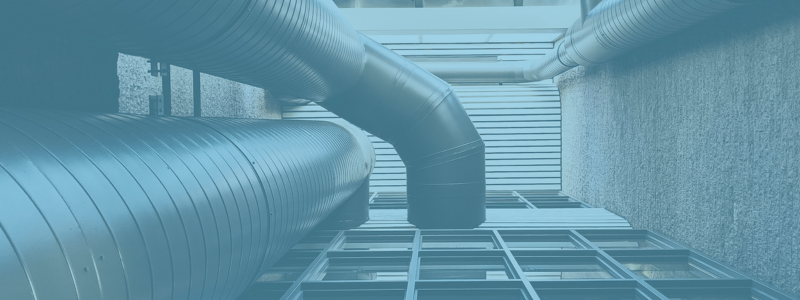

Key HVAC Technology Trends
The HVAC industry is witnessing significant advancements driven by technology. Let’s explore some key trends that are shaping the landscape:
Smart thermostats and temperature control
- Smart thermostats offer precise temperature control, allowing users to customize their indoor environment based on their preferences and schedules.
- Integration with mobile devices and voice assistants enables remote control and monitoring, providing convenience and energy savings.
- Adaptive learning algorithms help smart thermostats understand occupants’ behavior and adjust settings accordingly, optimizing comfort and efficiency.
Internet of Things (IoT) integration
- IoT devices are revolutionizing HVAC systems by enabling seamless connectivity and communication.
- HVAC systems integrated with IoT devices can be remotely monitored and controlled, providing real-time insights and diagnostics.
- IoT integration allows for predictive maintenance, identifying potential issues before they escalate, and optimizing system performance.
Energy-saving technologies
- High-efficiency HVAC systems, such as variable refrigerant flow (VRF) systems and geothermal heat pumps, maximize energy efficiency and reduce operating costs.
- Advanced insulation and sealing techniques minimize heat loss and air leakage, improving energy efficiency and indoor comfort.
- Heat recovery systems capture and reuse waste heat, further enhancing energy efficiency and sustainability.
Machine learning algorithms and predictive maintenance
- Machine learning algorithms analyze HVAC system data to identify patterns, optimize performance, and enhance energy efficiency.
- Predictive maintenance utilizes data and analytics to predict equipment failures, enabling proactive repairs and minimizing downtime.
- By implementing machine learning and predictive maintenance, HVAC systems can operate at peak efficiency while minimizing costly repairs.
These trends represent the future of HVAC technology, offering improved comfort, energy efficiency, and cost savings. At Motili, we stay at the forefront of these advancements to deliver innovative HVAC solutions that meet the evolving needs of our customers
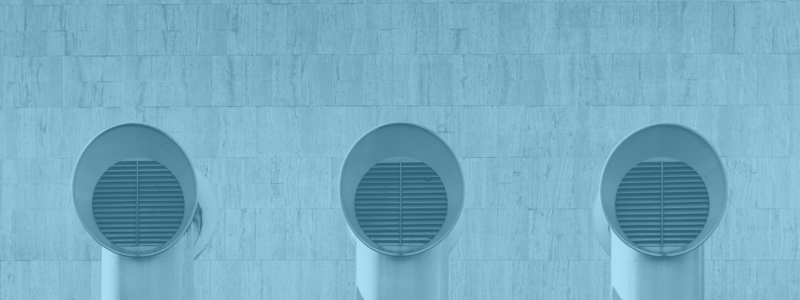

HVAC Technology Trends Shaping the Future of Heating and Air Conditioning
The increasing focus on energy efficiency and new technologies are already reshaping the heating and air conditioning industry. HVAC professionals are looking to develop highly efficient equipment and products that embrace a future of limited heat loss, reduced waste, and a greener environment. As the development of improved innovations to monitor energy usage emerges, the new HVAC technology trends form the advancement that benefits both the manufacturers and the consumers.
Here are some of the most prominent HVAC technology trends:
Automated HVAC Technologies
As technology becomes more accessible and smarter, designing and automating HVAC systems with sensors is an innovation.
Technicians can implement sensors to track outdoor conditions such as temperature, brightness, humidity, or sun position that make automated changes to the system. For instance, when sunlight hits directly on one part of the building, the system can blow more AC in the summer and less heat during winter. An automated system improves convenience with efficient energy-saving capabilities.
Ductless HVAC Systems
It can be difficult for property management companies to update their older buildings by installing air conditioning, especially if the initial building plan doesn’t include ductwork space.
Forcing these updates demands high expenses for customers. Hence, the introduction of ductless heating and cooling units. Rather than paying for expensive replacements, these compact units fit almost anywhere without needing duct installations. Modern infrastructures with existing issues, such as holes and gaps in ductwork, can rely on ductless HVAC units to prevent air leaks.
Improved Connectivity
As technology remains at the forefront of most HVAC technology trends, several architects and contractors are designing buildings with the thought of going green. Smart homes with smart meters, sensors, and thermostats help reduce power costs. But these advancements go beyond the basics. The robust Wi-Fi-connected software gives access to building owners who can now control and monitor their temperature, humidity, and airflow right from their smartphones, tablets, or desktop.
Enhanced Data collection
Over time, the software-enabled HVAC system compiles data. It uses this information to build reports that identify system status, usage trends, and past performance, which the property managers, maintenance techs, and landlords use for preventive maintenance. If a malfunction occurs, it can self-diagnose and enable HVAC techs to find the faulty components or source parts for quicker repairs and simplify the process.
Seamless Customer Experience
Customers expect technicians to adopt various software tools and platforms for easy booking or payments. Employing tech-savvy services in setting invoices, making estimations, managing routes, and other communications tend to ensure accuracy and encourage consistent patronage from most customers.
Software to Improve Operations
Within the business operation, where task management and resource allocation are crucial, there are mobile apps to ensure the work order is readily available in one place. Some efficient online project management tools that create checklists and assign tasks to workers include Google Suites and Trello. Implementing the available mobile apps ensures the clients are cared for and operational accountability is maintained.
While these HVAC technology trends may sound challenging to follow, HVAC professionals are already adopting these transformations and can attest to their effects on improving tech support, customer service, and sales.
Motili continues to respond to changing trends in the single-family HVAC market by providing both reactive repairs, new installations and ongoing proactive and preventative maintenance HVAC services to single-family homes, as well as multi-family and commercial properties. Motili offers its clients cutting-edge technology and energy-efficient equipment, along with outstanding customer service.


Motili’s Contribution to HVAC Technology
As a leader in the realms of data-driven property and HVAC asset management technologies, Motili has made significant contributions to the industry through its innovative solutions. By offering a comprehensive platform that streamlines the assessment, maintenance, repair and replacement of HVAC systems, Motili has helped property owners, facility managers and HVAC contractors maximize operational efficiency while actually reducing costs.
Motili’’s proprietary technology includes a centralized dashboard that lets users track and manage their HVAC assets across multiple locations, monitor system performance and receive alerts for preventive maintenance. By harnessing the power of data analytics and machine learning, Motili’s platform helps users optimize their HVAC systems, ultimately contributing to improved energy efficiency, reduced downtime and enhanced indoor comfort.
